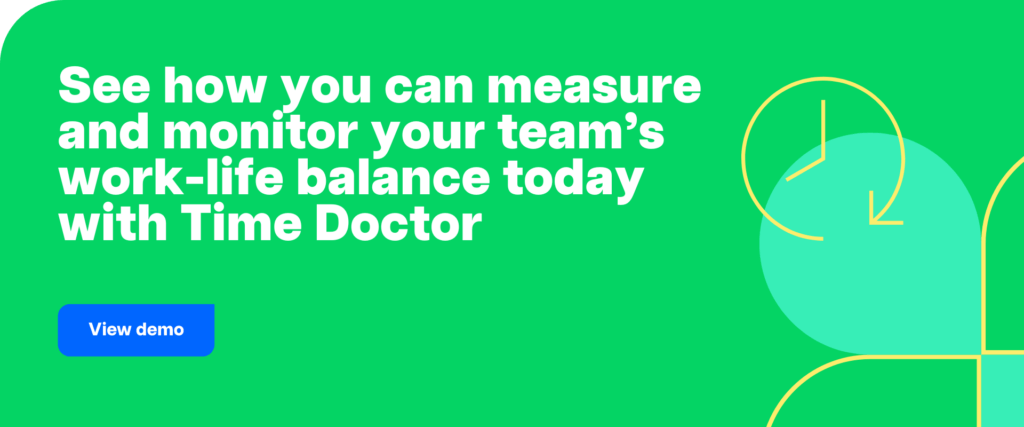The ‘war for talent’ is as intense as ever. A quarter of a century since global management consulting firm McKinsey first used the term when highlighting the increasingly fierce competition to attract and retain employees, the global pandemic has taken the challenge to a whole new level, so much so that one global survey of almost 1500 C-suite executives and board members has revealed the issue is now the number one concern for business leaders.
This post is part of our series for the outsourcing industry on customer retention, growth, tools and tech. Check out the articles in the series:
- WFH is here to stay says Concentrix, how will the industry retain clients and prove their value?
- 6 Productivity Growth Tools To Help BPO Firms Recruit And Retain Top Talent
As Protiviti Managing Director Fran Maxwell said in a recent webcast: “Most, if not all, of the organizations that we’re speaking with are struggling with things like attracting, retention, engagement, upskilling. It’s pervasive throughout all industries (and) organizations now.”

Recruitment is obviously a key battleground in the war for talent but it is crucial that just as much focus is spent on retaining quality people, especially in an outsourcing environment where high attrition can be a costly affair. Along with the immeasurable value of on-the-job knowledge, one cannot underestimate the negative impact that staff turnover can have on customer satisfaction, which can lead to an increase in client churn and ultimately have a devastating effect on company culture.
Rather than risk the disruption that high employee turnover brings, the best outsourcing providers approach retention with a proactive mindset. They know their ability to hold on to talent – especially in competitive hiring markets – is essential to continue to drive up customer satisfaction, keep existing clients and help win new ones.
As for how they do that, here are seven strategies for engaging and, more importantly, retaining top talent.

1. Survey your employees
How can outsourcing providers deliver for their staff if they don’t know what they are thinking? Employee satisfaction surveys are a great way to gain insights into employee engagement and help facilitate a workplace in which they want to stay. It is best to conduct such surveys every six months, with a mix of both qualitative and quantitative questions. It is also crucial that all senior executives are invested in the results and communicate the findings and next steps so staff know they have been heard. A little listening can go a long way.
2. Develop training programs
There has never been more emphasis on the benefits of ‘personal development’, which is why it is hard to believe some outsourcing providers still fail to deliver opportunities for their staff to expand their horizons. Tailoring development and training programs to individual needs can be challenging but there are plenty of third-party certifications and registered training organizations available. Some providers even host in-house training academies for their staff knowing it is an investment in the long-term future – and loyalty – of their people.
3. Build a high performance culture
A high-performance culture starts at the top but it is an entire workforce’s daily actions that allow it to form. From the moment accountability measures such as KPIs are introduced at the recruitment stage, processes and systems need to be in place to ensure the design of a company-wide performance management framework that keeps both employees and managers accountable. Regular performance meetings need to be sacrosanct as letting them go by the wayside when “things get too busy” devalues staff and can be a culture-killer. They are also a two-way street – a chance for managers to discuss expectations and how individuals are performing in relation to their KPIs and for employees to provide feedback, raise concerns and discuss training and career planning opportunities.

4. Identify your employee value proposition (EVP)
This process can take time but is a key step towards fostering an environment that people want to remain part of. A great EVP is ideally differentiated and easily understood and a great place to start is by finding out how your organization’s value is perceived by your staff. Ask what attracted them to join your business and use this information to consider the company’s DNA and what is important for your team. Once you have identified your EVP, it should then be woven through talent acquisition messaging and career stories developed to back it up with evidence. Measurement tools such as employee satisfaction surveys are also essential for checking that the company is continuing to deliver on its EVP.
5. Recognize and reward effort
It is one thing to be paid for doing your job. It is another to be applauded for doing a great job. With remote or hybrid work models on the rise for BPOs, it is becoming easier for hard work to go unrecognized. As they say, out of sight out of mind. Avoid that danger – and the risk of disgruntled employees – by setting up a formal rewards system that publicly acknowledges team members who go the extra mile. Perhaps just as importantly, executives and managers should never forget the impact of a simple ‘thank you’. It costs far less than a recognition program but can have just as much positive impact.
6. Avoid staff burnout
One of the fastest ways to inspire an employee to look for the exit is to overload them, but the pandemic-inspired rush to remote work is making it harder to identify when that is happening. Not all staff are comfortable saying they are burning out, which is why tools like Time Doctor are an increasingly valuable resource. By allowing outsourcing team leaders to review productivity in a very granular fashion, they can review where and how employees are spending their work hours and address burnout concerns through rescheduling, annual leave and time off. Employee satisfaction surveys are another way to facilitate such conversations.
7. Utilize exit interviews
Staff will resign – it’s a fact of business life. When they do leave the company, do not miss the chance to obtain insights about your organization that current employees are less likely to share. Exit interviews conducted by an independent and trusted person (eg: not their manager) allow people to speak honestly about the pros and cons of the role and organization. Exit interviews are particularly helpful in times of high attrition, but companies must have a plan to identify and rectify issues that come out of these interviews.
In an ideal world, our best talent would never hand over a resignation letter. That is too much to wish for though, which is why outsourcing providers should aim for the next best thing – to make their decision to leave as difficult as possible. Adopting the above strategies will go a long way to achieving that and possibly even entice those talented employees who do leave, to consider returning one day.

Liam Martin is a serial entrepreneur, co-founder of Time Doctor, Staff.com, and the Running Remote Conference, and author of the Wall Street Journal bestseller, “Running Remote.” He advocates for remote work and helps businesses optimize their remote teams.


